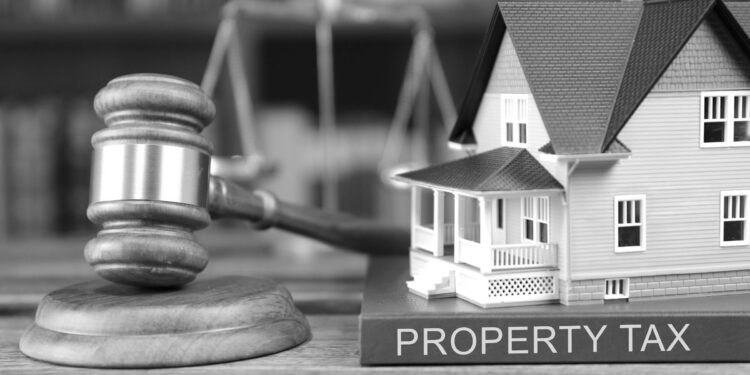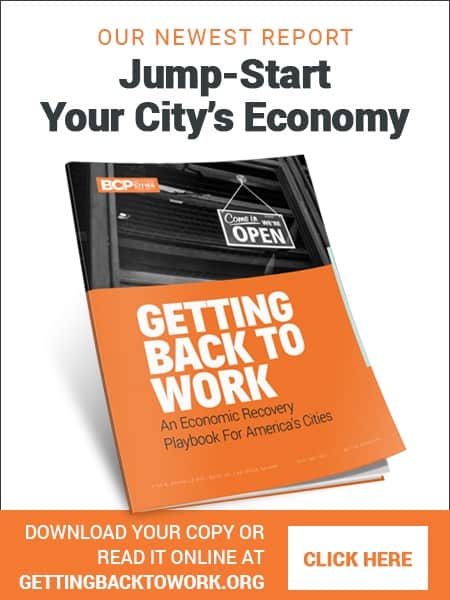The Tax Foundation’s November 2024 essay Confronting the New Property Tax Revolt by Jared Walczak outlines several reform approaches—assessment caps, levy restraints, circuit breakers—but stresses that eliminating the tax undermines a stable base that supports essential local functions. Levy limits can soften the impact on homeowners, and targeted relief can shield vulnerable families without destabilizing budgets.
Proposals in some states would wipe out property taxes altogether. North Dakota’s “path to zero” proposal, for instance, would use oil wealth revenues to phase out residential taxes entirely. That’s an extreme—yet revealing—example. Most cities lack a sovereign fund, and zero property tax could cripple the ability to finance schools, public safety, infrastructure and parks. Even in North Dakota, local officials voiced concerns over the sustainability of such a dramatic tax shift.
Contrast that with more measured reform: Illinois, Colorado and Texas have adopted property tax caps or appraisal limits to restrain runaway increases rather than cutting the tax at its core. These methods recognize the tax’s role in funding schools, roads and emergency responders, while addressing affordability pressures directly.
Property tax is remarkably efficient. Unlike income or sales taxes, it’s visible, hard to evade and closely tied to local land markets—the very infrastructure cities manage. Economists view it as a less distortionary option than broad based taxes on income, sales, or consumption. Replacing it risks heavier reliance on less efficient taxes, burdening business growth and low income residents.
Local leaders should view rising property values not as a problem but as an opportunity—if matched with sensible reforms. Combining modest levy limits with well targeted circuit breaker programs preserves revenue and shields needy households. That balance maintains fiscal health and promotes equitable growth.
Cities should invest in property tax modernization: implement levy limitations to check runaway increases, deploy targeted relief for low income homeowners and invest in transparent valuation processes. This preserves the tax’s economic strengths while addressing affordability and trust in local government.
For deeper detail on the rationale and options, I recommend reading the full column. It’s thoughtful, data driven and timely.









